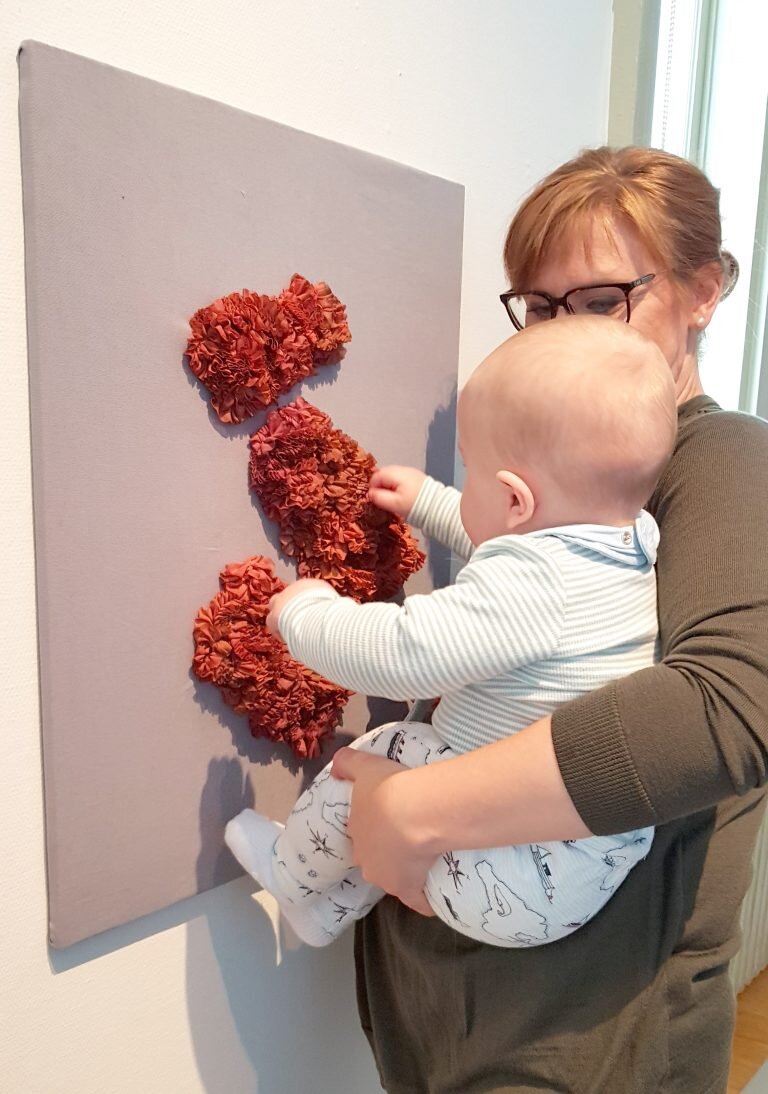OCTOBER 6 - Selected Verbs HDR Seminar
This was the first Deakin Creative Arts Research Symposium I have attended.
Researcher Angela Dew talked about ‘Body Mapping’ with people with intellectual disabilities. This looked like a great way to connect people to their bodies and talk about how they felt in the moment.
I had trouble connecting with the rest of the presentations, I think it is going to take me a bit of time to reconnect my brain to comprehend the dense academic theory.
SEPTEMBER 10 - Supervisor Meeting with Rea and Stefan
We discussed timelines and goals for the first part of my PhD up to colloquium.
Rea suggested getting in contact with Colin Savage to discuss software licences that I might need.
AUGUST 19 - Cohort 34 Induction Session
This was an overview of the upcoming journey into PhD land.














